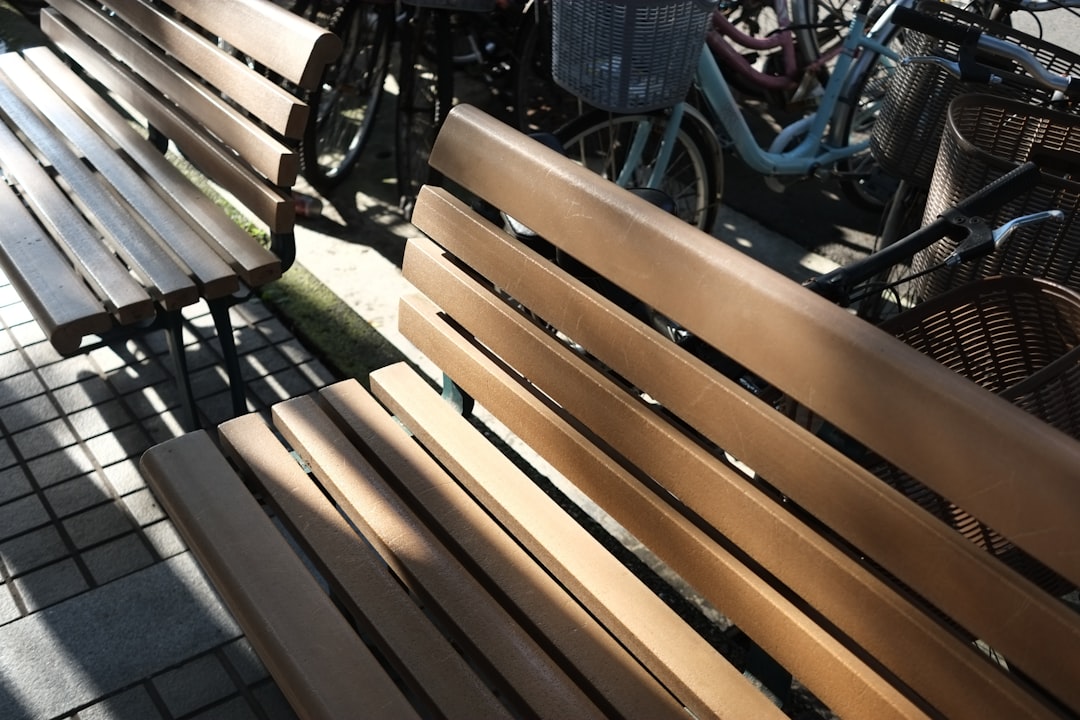
From South End townhouses to Cambridge condos, Boston streets are filling with cyclists who want a safe place to store their rides at home. A well-placed bike rack protects your investment, frees up floor space, and can even raise property value. CountBricks leverages real-time cost data and AI-powered estimating to help homeowners and small-scale developers plan flawless installations without guesswork.
Speed – Voice-to-estimate technology delivers a detailed material and labor budget in minutes.
Accuracy – Our platform pulls localized Boston pricing for lumber, fasteners, anchors, and finish hardware.
Compliance – Code checks are baked in, ensuring your rack meets Massachusetts residential building requirements.
Convenience – We generate ready-to-send quotes and invoices so you can secure a contractor or DIY with confidence.
Learn more at CountBricks.com/services.
• Number of bikes you need to store today and in five years
• Wall, ceiling, or floor surface materials (brick, wood stud, concrete)
• Moisture levels if installing in basements or outdoors
• Clearance for door swings, hallways, and ADA egress zones
• Aesthetic goals—powder-coated steel, natural wood, or minimalist aluminum
Sea-coast humidity and winter salt can corrode hardware fast. CountBricks specifies galvanized or stainless anchors rated for local conditions, then shows the price delta inside the estimate so you see value in every decision.
1. Open the CountBricks mobile app and start a voice session.
2. Describe your space: “Install a two-bike vertical wall rack in a Back Bay brownstone entryway—brick wall, 10’ ceiling.”
3. AI maps tasks, selects Boston-priced materials, and calculates labor hours.
4. Instantly review the scope, budget, and timeline. Tweak quantities or finishes on the fly.
5. Approve to auto-generate a professional PDF quote or invoice.
• Wall-Mounted Hooks – Ideal for brick or stud walls; keeps bikes off the floor
• Vertical Lift Systems – Great for narrow mudrooms; pulley assists reduce lifting strain
• Freestanding Floor Stands – Condo-friendly when drilling is restricted
• Outdoor Post & Ring – Secure multiple bikes near driveways or garden sheds
The Massachusetts Residential Code stipulates that mounted equipment must not obstruct exit pathways wider than 36 inches. CountBricks cross-checks this automatically, flagging any conflicts in your plan so inspectors sign off without delay.
1. Confirm stud or masonry anchor points with a stud finder or rotary hammer.
2. Mark mounting holes using the rack bracket as a template.
3. Drill pilot holes—¼” in wood studs, ⅜” for sleeve anchors in brick.
4. Insert corrosion-resistant anchors and torque to manufacturer specs.
5. Level and secure the rack, then test with a 50-lb weight before hanging bikes.
A homeowner needed to store three commuter bikes in a narrow vestibule without damaging 120-year-old brick. Using CountBricks, the client received an estimate in under five minutes: • Materials $168 • Labor 2.5 hrs • Total $342. Stainless sleeve anchors were upsold for longevity, adding $24 but extending service life by at least a decade. Installation passed inspection on the first visit, and the client added a fourth hook months later by reopening the saved project file—no new measuring required.
With property sizes shrinking, vertical storage solutions are becoming essential. CountBricks AI makes it simple to scale: open the original job, adjust bike quantity, and generate a refreshed material takeoff instantly.
Visit CountBricks.com/consultation to schedule a free 15-minute voice session. Whether you hire a pro or tackle the project yourself, CountBricks guarantees you’ll start with a clear, defensible budget—and finish with bikes stored safely off the ground.

• Choose stainless or galvanized fasteners—Boston humidity and winter salt can ruin zinc-plated anchors within a season.
• Pre-seal masonry holes with silicone to prevent freeze-thaw cracking in brick walls.
• Offset hooks by at least 15 inches vertically so handlebars don’t clash on neighboring bikes.
• Add a neoprene washer between rack and wall to reduce vibration transfer in wood-frame homes.
• Capture everything in the CountBricks app photo log—inspectors appreciate documented backing locations.
Three units shared a basement hallway and wanted eight wall-mounted racks without blocking fire egress. Using CountBricks.com/services, the association generated a single, multi-unit estimate that itemized material by unit, streamlining cost sharing. The AI flagged a doorway clearance issue, prompting a shift to staggered heights that preserved code-required width. Final installed cost averaged $97 per resident—40% less than budget due to bulk material ordering identified by CountBricks.
1. If your wall is crumbling brick or historic stone, a structural assessment is worth the fee.
2. Electrical or plumbing lines near the mounting zone demand licensed trade evaluations.
3. Multi-family properties may require HOA or city permitting—CountBricks can auto-generate submittal packets for your contractor to speed approvals.
Download the CountBricks mobile app or book a voice consultation at CountBricks.com/consultation. Bring your bike count, wall material, and preferred rack style; we’ll do the rest—turning your spoken description into an actionable, inspector-ready plan in minutes.